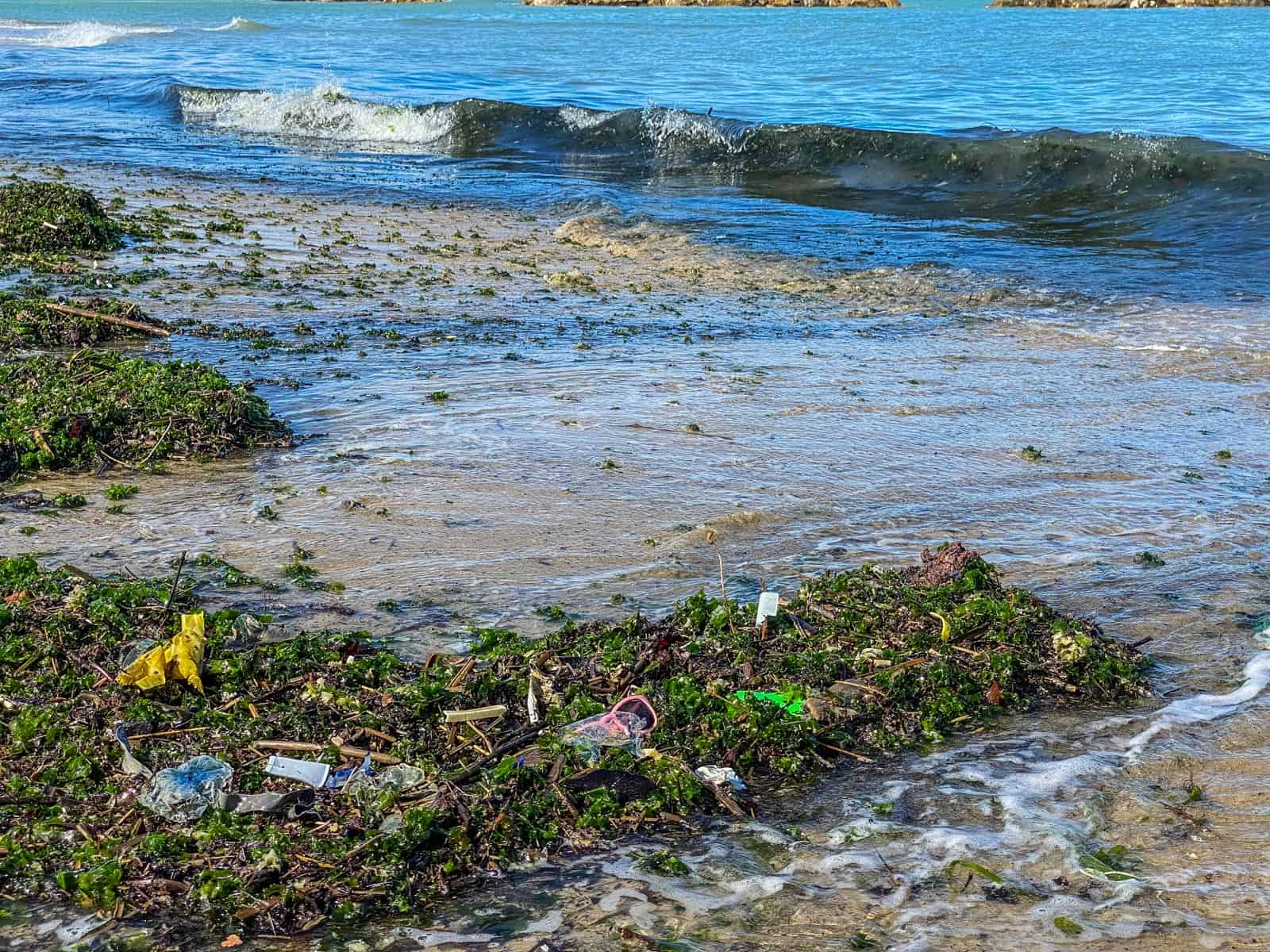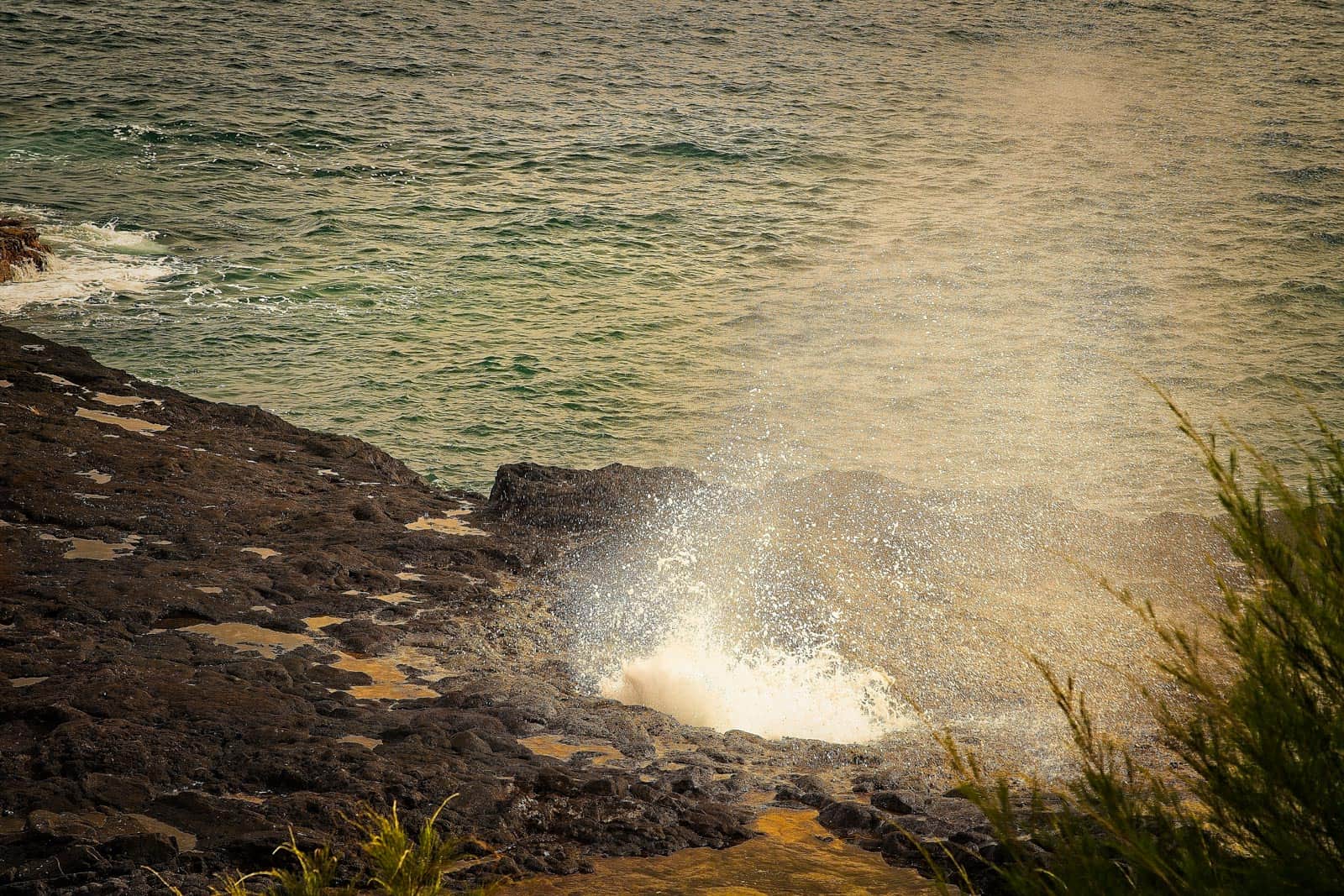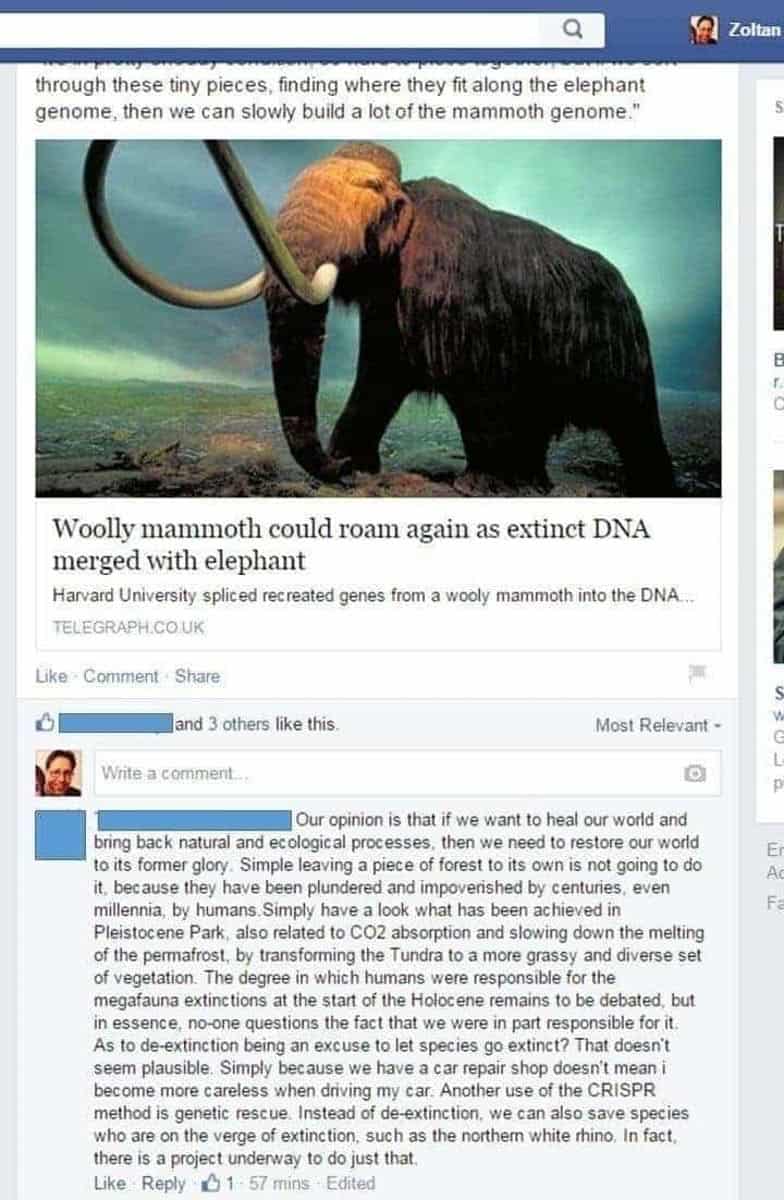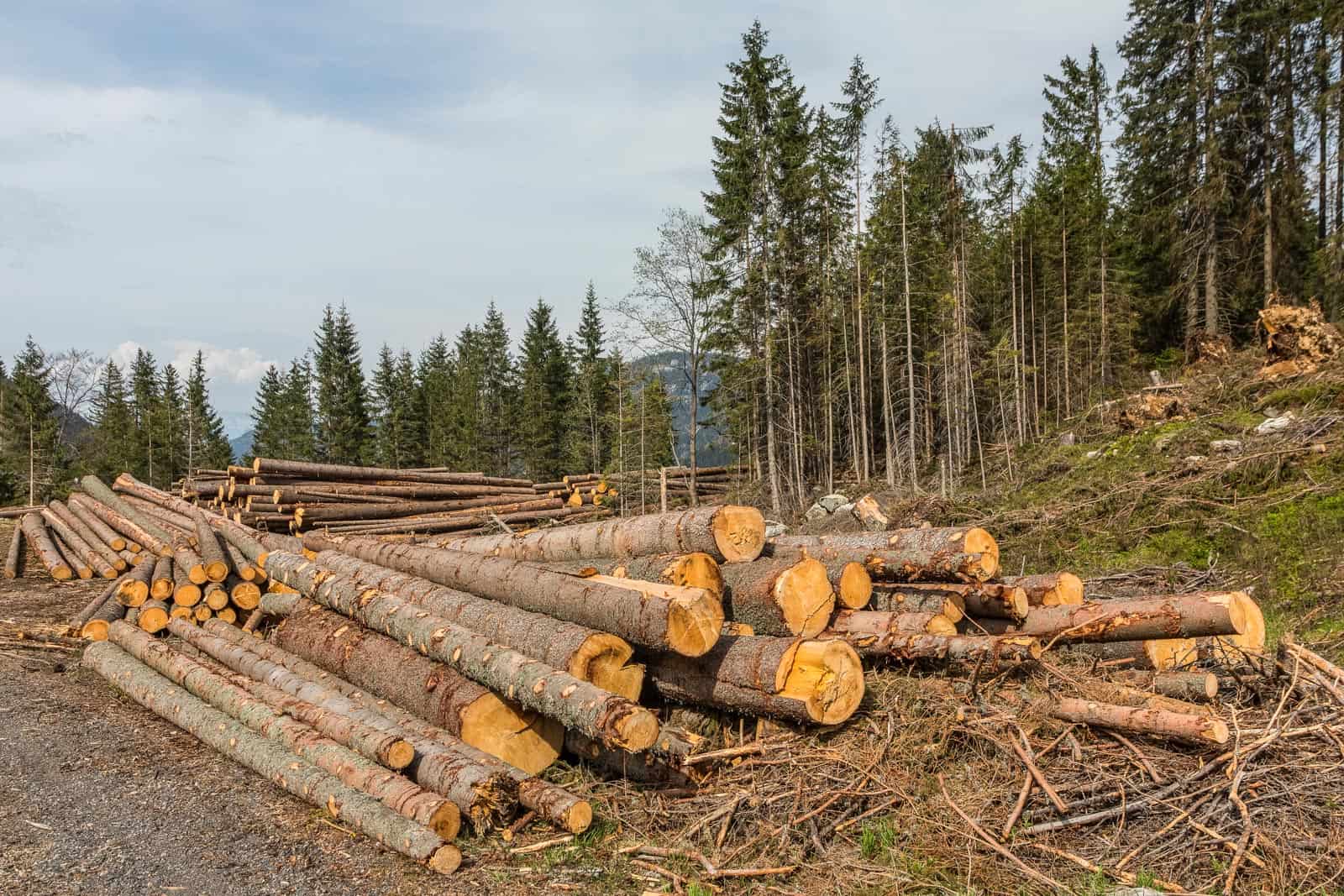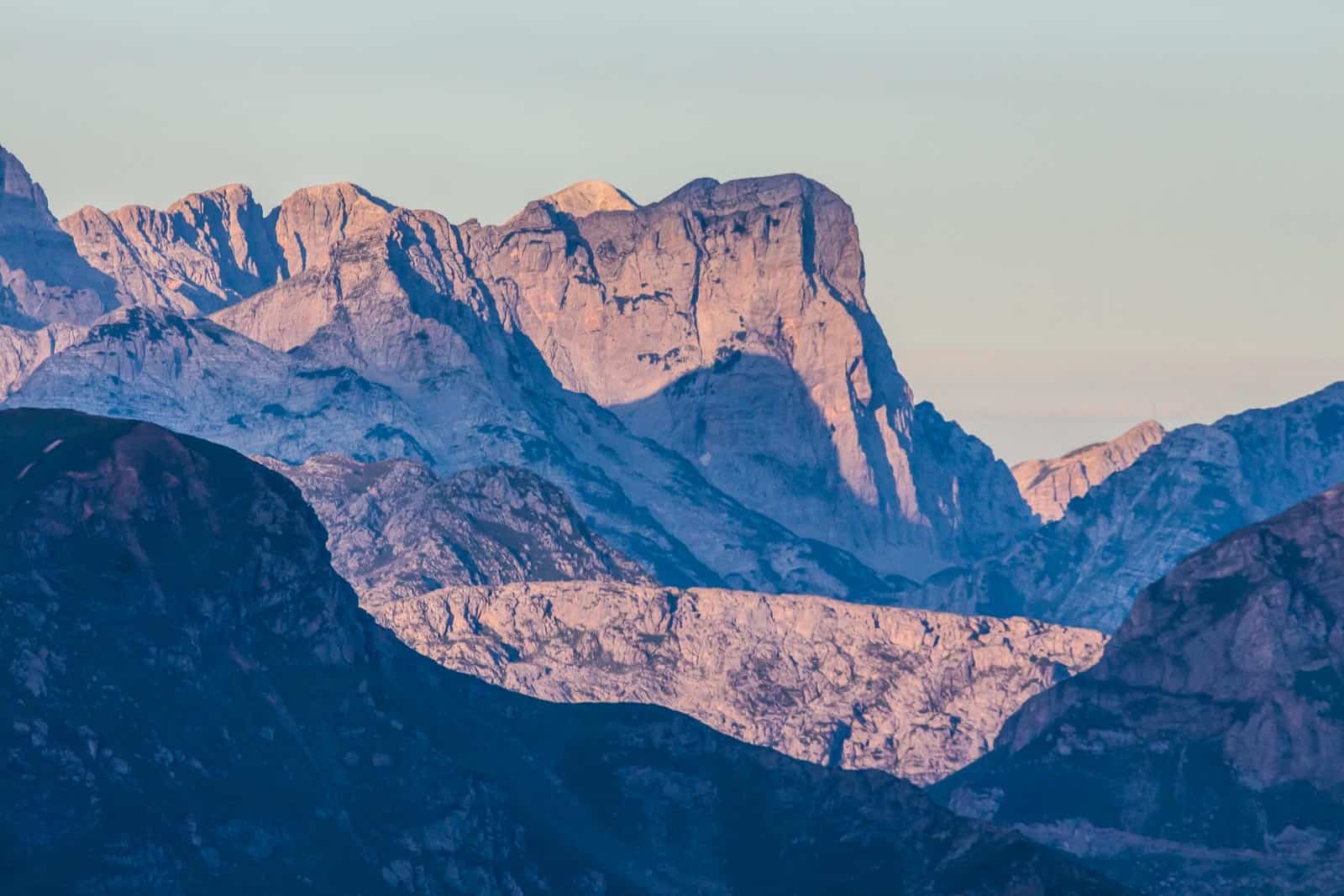How microplastics reach the most remote places on Earth
Microplastics, you can barely see them, but we have all heard about them by now. Microplastics are formed as plastic waste slowly breaks down in tiny particles. Although most of our plastic waste is recycled, incinerated or dumped in landfills, still 18% of plastic ends up in nature. And since plastic is not really decomposable, it breaks down in small pieces. Eventually, these pieces become so small that winds take them up into the air. As a result, we are dealing with a global microplastic current that does not leave the most remote areas, including Wilderness, unaffected.
Sourcing the global cycle
Several years ago, researchers found airborne microplastic particles in the remote French Pyrenees. As there were no human sources for plastic in the surroundings, the researchers concluded that the microplastic must have travelled long distances by air. For decades, human society has ignored the harmful impact of plastic waste in nature. Now, much of that plastic breaks down to microplastics that travel in the atmosphere and then lands all over the world.
Plastic that floats around at sea slowly degrades to micro-particles. Waves and wind pick them up and the air transports it elsewhere. Meanwhile, similar particles from car tires, breaks and exhausts are sent into the system as we drive around in our cars. And as the wind blows through cities and agricultural lands, it takes these particles up in the global cycle.
Microplastics with major impact
As the particles enter the atmosphere, they can stay airborne for up to six and a half days. That was one of the conclusions of the recent study. Depending on the weather conditions, the particles can thus cover distances of several thousands of kilometres. The study showed how the United States of America, Europe and parts of Asia are hotspots for microplastic deposit. On the other hand, sea currents transport much of the plastic particles to coastal areas along the US West coast, Mediterranean and southern Austria.
Researchers have yet to better understand the full impact of microplastics, but current findings are worrying. Microplastics influence soil and plant production, contaminating our natural resources. They end up in food chains of wildlife, and even on our own plates at home. Although previous studies did not find a negative impact of microplastics on human health, we have not identified all consequences on a longer term.
Tackling waste management
A way to tackle this challenge is to improve waste management systems. The European Wilderness Society has been working together with protected areas to improve their waste management strategies. Furthermore, the ‘Respect Nature‘ principles include simple but effective guidelines to minimise the risk of waste contamination in nature. Using such approaches, the organisation works on tackling the indifference and turn it into awareness for the protection of our natural treasures.

